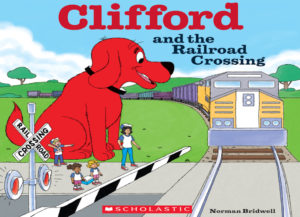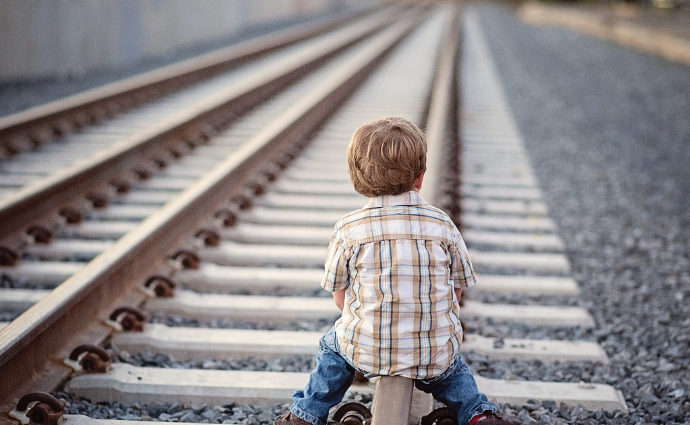Washington, DC, Sept. 24, 2018 – The week of Sept. 23-29, 2018 is Rail Safety Week in America. During this week, railroads across the country aim to raise awareness in the public of how to stay safe near train tracks and other railroad property.
According to the Association of American Railroads (AAR), ninety-five percent of rail-related deaths involve drivers going through a grade crossing or a person is on the tracks. These deaths are overwhelmingly preventable. Statistics show that every three hours in the United States, a person or vehicle is struck by a train.
“There is no higher priority than safety for America’s railroads, which is why they are onboard to ensure the public knows how to stay safe near railroad tracks,” said AAR president and CEO Edward R. Hamberger. “Last year, more than 1,000 Americans were killed or injured in trespassing or grade crossing accidents – a stark reminder that our job is far from done.”
Rail Safety Week, a broad coalition works together to educate the public of the dangers on and around rail tracks. The annual campaign encourages safe behavior by reminding pedestrians and drivers to always stop, think and listen when they approach tracks.
“Together we can stop track tragedies,” added Hamberger. “Always remember that when you see tracks, think train.”
Union Pacific Railroad is partnering with Safe Kids Worldwide to promote safety awareness to kids around train tracks. One feature of this program will be a new children’s book, Clifford and the Railroad Crossing, that Safe Kids and Union Pacific are creating with Scholastic.
Railroad Safety Tips

Safe Kids and Union Pacific recommend the following safety tips to help prevent railroad-related injuries:
- Only cross railroad tracks at a designated crossing. Designated crossings are marked by a sign, lights or a gate.
- If lights are flashing or the gate is down at a railroad crossing, wait for the train to pass completely before crossing. It is never okay to rush across and try to beat the train. Trains may be closer and faster than you think.
- Allow enough space for your vehicle to completely clear the entire railroad crossing, not just the tracks, before you attempt to cross. Remember, trains are at least three feet wider than the tracks on either side, so even though you clear the tracks, you may still get hit by the train.
- If you are using a cell phone, headphones or a game, remember: heads up, devices down when you cross the tracks. Once a train starts to brake, it can take a mile for the train to stop. So when you see a train, it’s already too late for it to stop for you. Headphones should be removed, so you can hear an approaching train’s horn.
- Don’t be tempted to walk along the railroad track. It might be a shortcut, but it is dangerous and not worth the risk. It is against the law to walk on the track and the land around it because it is private property.
For more information about railroad safety, visit the Safe Kids website.
For information on what role Operation Lifesaver plays in rail safety education, please visit http://oli.org/. For information on the “See Tracks? Think Train!” campaign, please visit http://seetracksthinktrain.org/.

